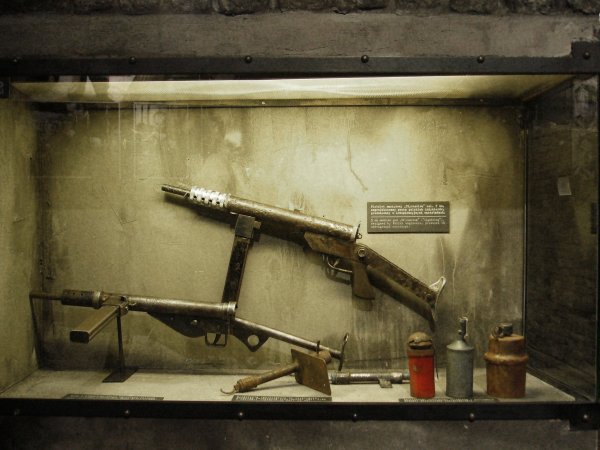In the fast-moving world of defense technology, it pays for contractors like Lockheed Martin, Raytheon, and Boeing to stay on top of Uncle Sam’s spending habits. If you can accurately predict how the government will be looking to spend its massive defense budgets, you can position yourself well to secure tomorrow’s contracts with just a little bit of leg work today–and over the past few years, few have managed to do so as effectively as Boeing.
With so much money being funneled toward stealth and hypersonic platforms over at Lockheed Martin, Boeing has adopted a different angle in its pursuit of tax dollars: leaning into America’s recent love affair with revamping aging platforms for continued use. Instead of offering up costly, all-new aircraft to the Pentagon, Boeing has focused on finding cost-effective ways to keep existing platforms relevant. This effort is not only responsible for the new slew of updated F-15EXs expected to begin production in 2020, but also the sweeping upgrades to the Navy’s Super Hornets that are so substantial, some have taken to calling the Block III version of the fighter, “Super Duper Hornets.”
It’s almost certain that same mindset led Boeing to secure a patent last May that would turn America’s only supersonic heavy payload bomber into the world’s fastest gunship.

With a top speed of Mach 1.2, the Bone would make for one quick cannon-carrier
(U.S. Air Force photo/Senior Airman James Richardson)
The B-1B Lancer had a tumultuous start, with the program canceled and revived twice over the span of four sitting presidents only to finally make it into production just in time to see its nuclear delivery mission sidelined by the fall of the Soviet Union. The fighter-like bomber would have to undergo yet another technical shift, converting it into a conventional payload bomber following America’s signing of the START treaty in 1995, before the “Bone” (as aircrews took to calling it) would find its way into the fight. Now, however, with the next generation B-21 Raider slated to enter service in the coming decade, the B-1B has been set to enter retirement just as soon as there are enough new bombers to replace it.
That is, unless Boeing has something to do with it. The patent they secured last year included a number of different cannon options to be added to the swing-wing bomber ranging in size from 25mm to 40mm. Some design options involve opening the bomb-bay doors to reveal the cannon, others have cannons unfolding from the belly of the beast, but the intent is the same in either regard: creating a supersonic platform that can deliver firepower like the legendary AC-130U Spooky Gunship and still outrun whatever trouble may be headed its way.
Deadly AC-130 Gunship in Action Firing All Its Cannons
The Bone’s speed and advanced terrain following flight systems would allow it to fly in contested airspace with minimal detection, something an AC-130 can’t do, and its massive fuel stores and payload capacity mean it could loiter for hours over a target and deliver thousands of pounds of guided bombs between cannon volleys.
Of course, it’s not all sunshine and roses for the B-1B Gunship concept. Thanks to the swing-wing design, the B-1B may have a lower stall speed than you might find in some other supersonic platforms, but it still seems unlikely that the aircraft can fly slow enough to reliably use a cannon in close air support missions. The B-1B’s biggest proposed cannon, at 40mm, is tiny compared to the 105mm cannon fired from the Spooky Gunship — though that concern could be mitigated by the B-1B’s ability to drop highly accurate ordnance in combination with the hypothetical cannons.

One of the designs includes a cannon that would lower from the Lancer’s belly, while others would rely on opening the bomb bay doors.
(U.S. Patent Office)
The Bone would also be a costly replacement for the much slower AC-130U, to the tune of about ,000 more per flight hour, though one could argue that if they found a way to use the cannon effectively in the B-1B, it would broaden the options for commanders in the field enough to warrant the cost. Because the AC-130U tops out at around 300 miles per hour and is too big to miss with many anti-aircraft weapons, they tend to be used only in nighttime operations in lightly contested or utterly uncontested airspace. The B-1B, on the other hand, could fly close air support missions in far more threatening environments.
Will this concept ever make it off of paper and into American hangars? Well, it’s tough to say. Securing a patent doesn’t mean Uncle Sam is interested in what they’re selling — but having it means it’s always an option on the table, and as the B-1 continues to find new uses in the forms of new anti-ship and stealthy cruise missile armaments, the Air Force may find reason to invest new money in the B-1s future after all. Who knows what the wars of the future might bring.


























